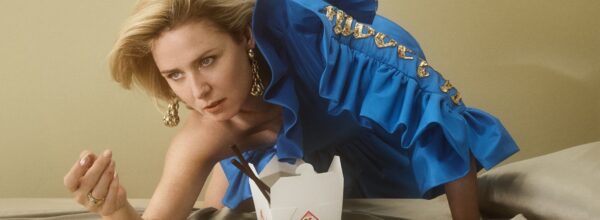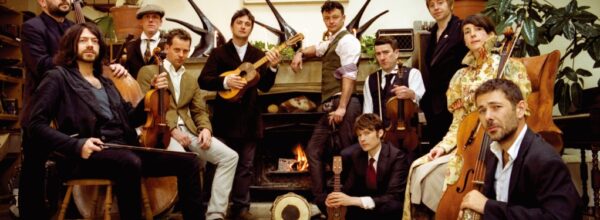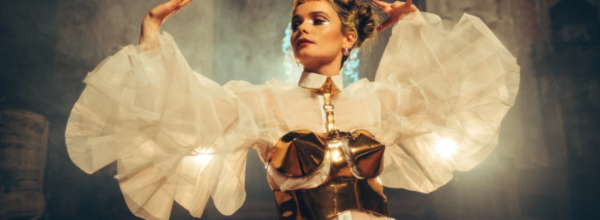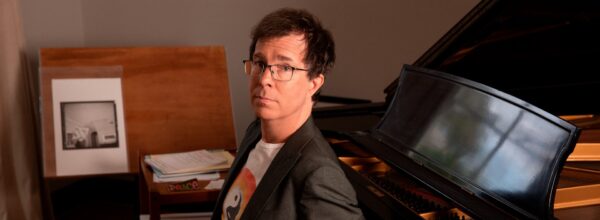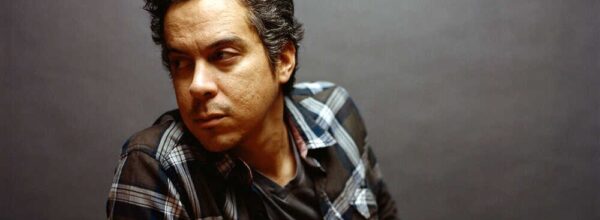![]()
16th February 2016
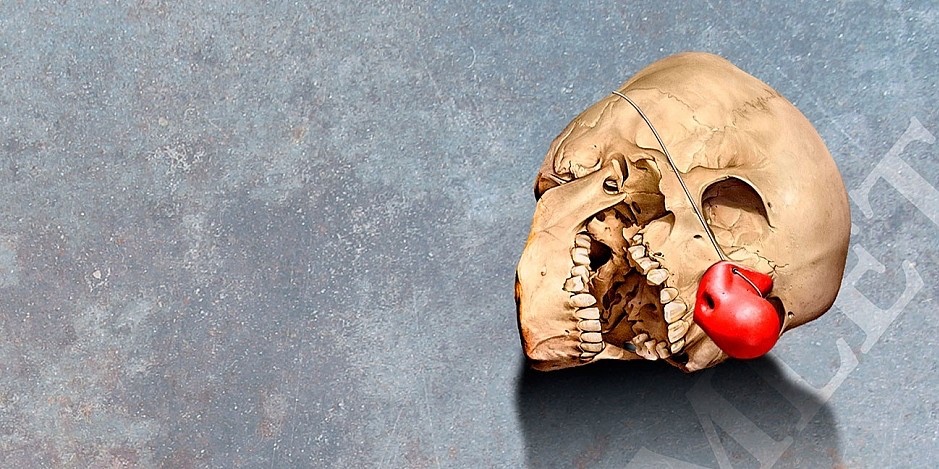
Following last season’s inaugural co-productions of the Bard’s work, the Tobacco Factory and Shakespeare at the Tobacco Factory have come together once again this year to explore another of his most popular and most quoted plays, Hamlet.
In this, the 400th year since Shakespeare’s death, the production brings together many of the familiar faces that have made the company so successful over the past few years and also adds a number of new ones to help keep the production fresh.
A minimalist set provides the backdrop for this most familiar tale of betrayal, incest and death. With just a few chairs, a cross and at one point a curtain providing anything in the way of scenery on the otherwise barren stage. This understated ambiance feels very apt given the austere locale and era in which the play is set.
Whilst it may have been a time of chastity this was also a time of chivalry and from the off we find the cast dressed in authentic looking armour – like ghostly conquistadors stomping around the stage, or in dark black garb, which calls to mind the Tudor age rather than the earlier medieval period in which the play might be more traditionally thought to have been cast. The authenticity of their outfits though is a real feather in the cap of Max Johns and his team.
Matthew Graham’s lighting is subtle but effecting and never too intrusive to the action, with the performers given the full space of the stage to express their characterisations of Shakespeare’s work.
As the first half of the play moves on it does become increasingly hard to decipher which direction Andrew Hilton & Dominic Power have decided to go with this retelling. Not quite comedic, not quite desperate or insane the narrative seems to snake along without committing to any distinctive theme or angle. In some ways this is both its greatest strength and biggest weakness. Allowing it freedom to move around at will but leaving it without a definable USP.
It is little surprise then that some of the performers struggle to know where to go with their depictions.
Alan Mahon, for example, is engaging as the crazed and enraged Danish Prince, but his agony never fully spills into madness. This Hamlet is arresting, spitting his words out onto the stage with real venom, but he is never quite as unsettling as you may desire. He may be tormented, angry and edgy but he never sounds as if he is about to collapse in on himself.
Where Mahon does excel though is in the excellently choreographed (by John Sandeman) fight scenes with Callum McIntyre (who plays Laertes), which have a real viciousness, athleticism and violence to them.
Whilst some of the cast struggle with this freedom, others are liberated by it. Ian Barritt as Polonius, Alan Coveney as Horatio, Paul Currier as King Claudius and Julia Hills as Queen Gertrude, all excel in their roles, bringing a level of maturity and gravity to each of their characters. It is especially pleasing to see Paul Currier step out from the more comedic roles he has oft played, with great success I might add, in recent performances (see Friar Laurence – Romeo & Juliet) and into the limelight.
Julia Hills performance as Queen Gertrude is particularly startling as she beautifully portrays the ambiguity of the Queens involvement in her ex-husbands demise and the extent of her adultery with his brother.
Fine showings from the more senior members of the cast show that there’s more to Hamlet than just the mad Prince.
To get tickets or to find out more click here.
Kevin McGough




